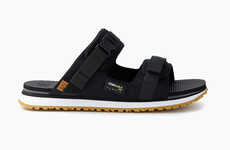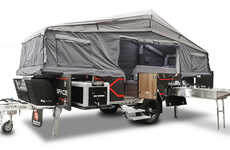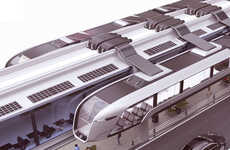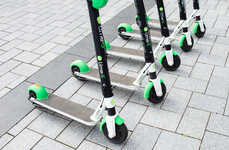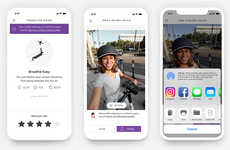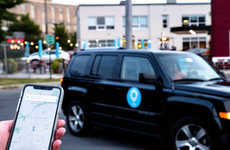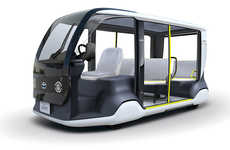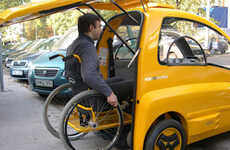

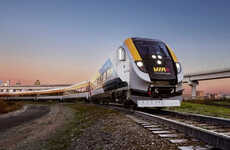
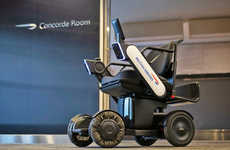
Both public and private modes of transportation prioritize accessibility
Trend - Transportation is often challenging for people who have disabilities, and brands are now conceptualizing ways that different forms of transportation can be more inclusive for them. Examples in this space include everything from cars designed for drivers in wheelchairs, to train interiors with lifts and mobility aid spaces.
Insight - The newfound popularity of the term "inclusion" comes from consumers of all walks of life, experiences and abilities increasingly having a voice about how brands can better cater to their needs. Where before brands were restrictive in the demographics they targeted the most--the growing demand for inclusion means that they're having to foresee and prioritize the needs of under-served consumers who make up a lot of untapped buying power.
Insight - The newfound popularity of the term "inclusion" comes from consumers of all walks of life, experiences and abilities increasingly having a voice about how brands can better cater to their needs. Where before brands were restrictive in the demographics they targeted the most--the growing demand for inclusion means that they're having to foresee and prioritize the needs of under-served consumers who make up a lot of untapped buying power.
Workshop Question - How is your brand prioritizing inclusion and representation?
Trend Themes
1. Inclusive Transportation - Brands have introduced transportation options that cater to individuals with disabilities as part of a push to improve customer experience.
2. Micromobility for All - Partnerships between micromobility rental services and accessibility organizations offer affordable e-scooter rental options to people with disabilities.
3. Portable Accessibility Vehicles - Companies are developing personalized transportation designed for off-road mobility, focusing on compact and portable electric options for individuals reliant on assisted mobility devices.
Industry Implications
1. Automotive - Automotive companies can focus on developing accessible vehicles that cater specifically to individuals with disabilities to create a new market segment.
2. Transportation and Logistics - Transportation and logistics industries can adopt more accessible mobility and logistics solutions to better serve a growing demographic whose unique needs have been under-served in the past.
3. Mobility Services - Mobility service companies can provide affordable, user-friendly micromobility options to people with disabilities, allowing them to better integrate with urban transportation networks.




